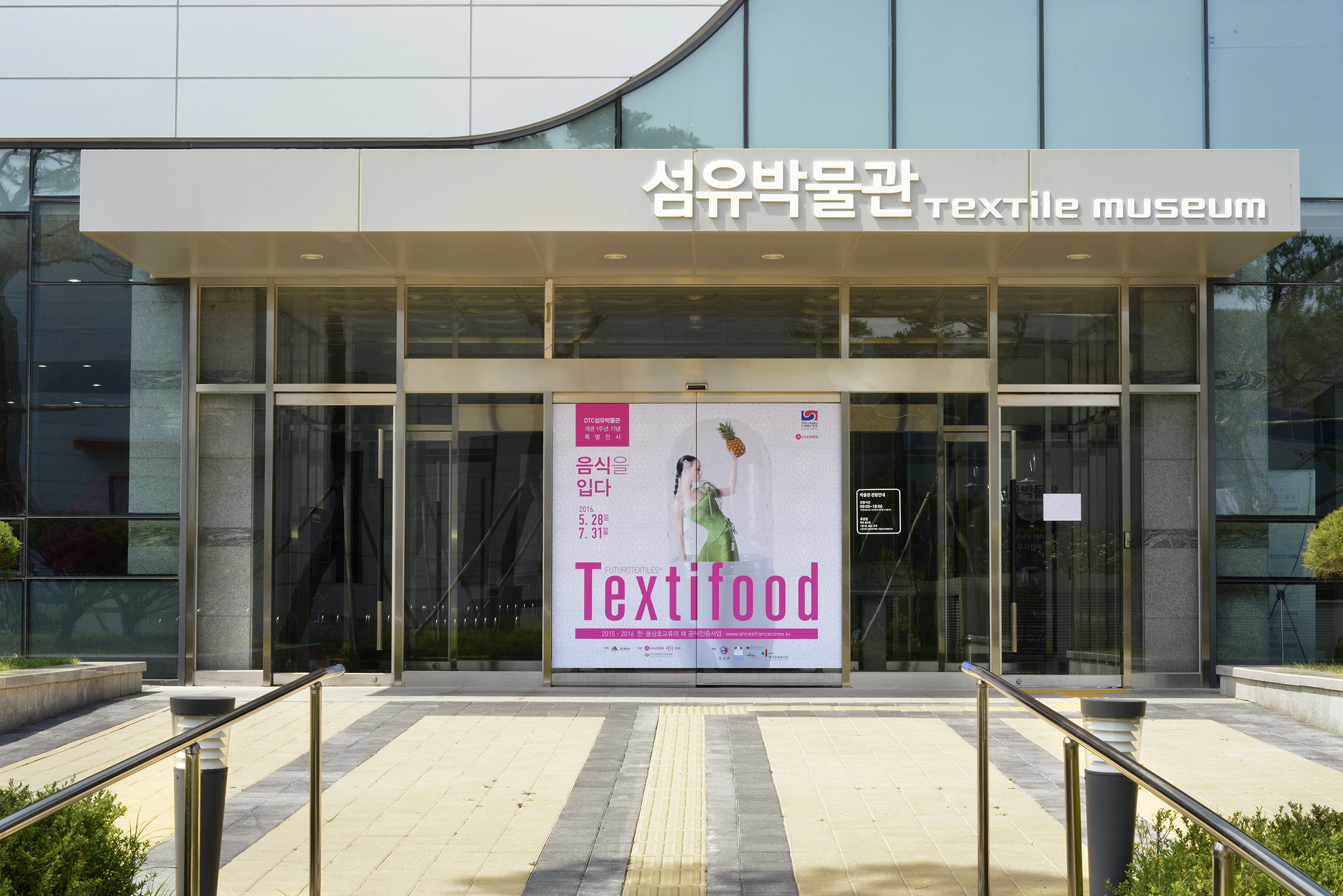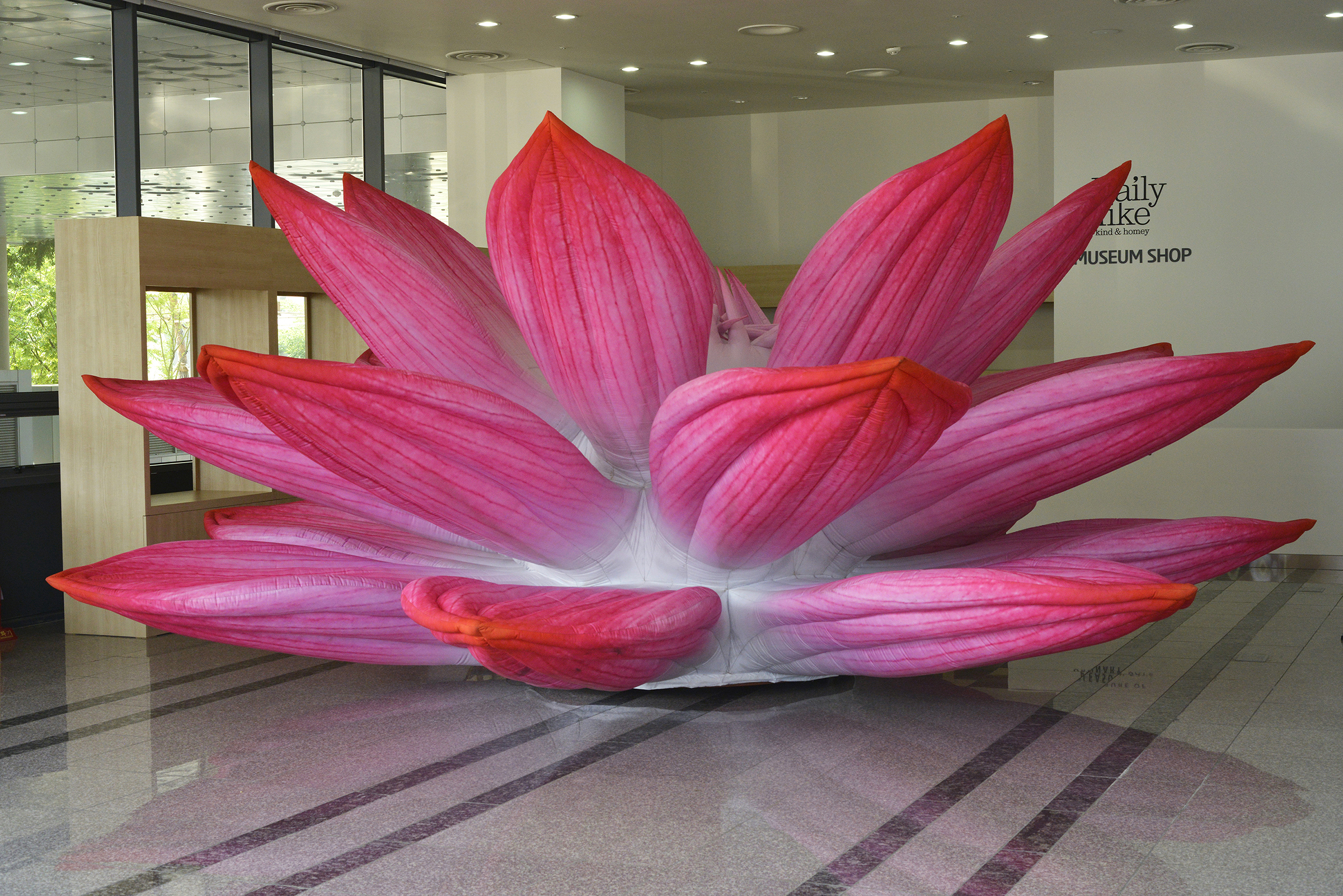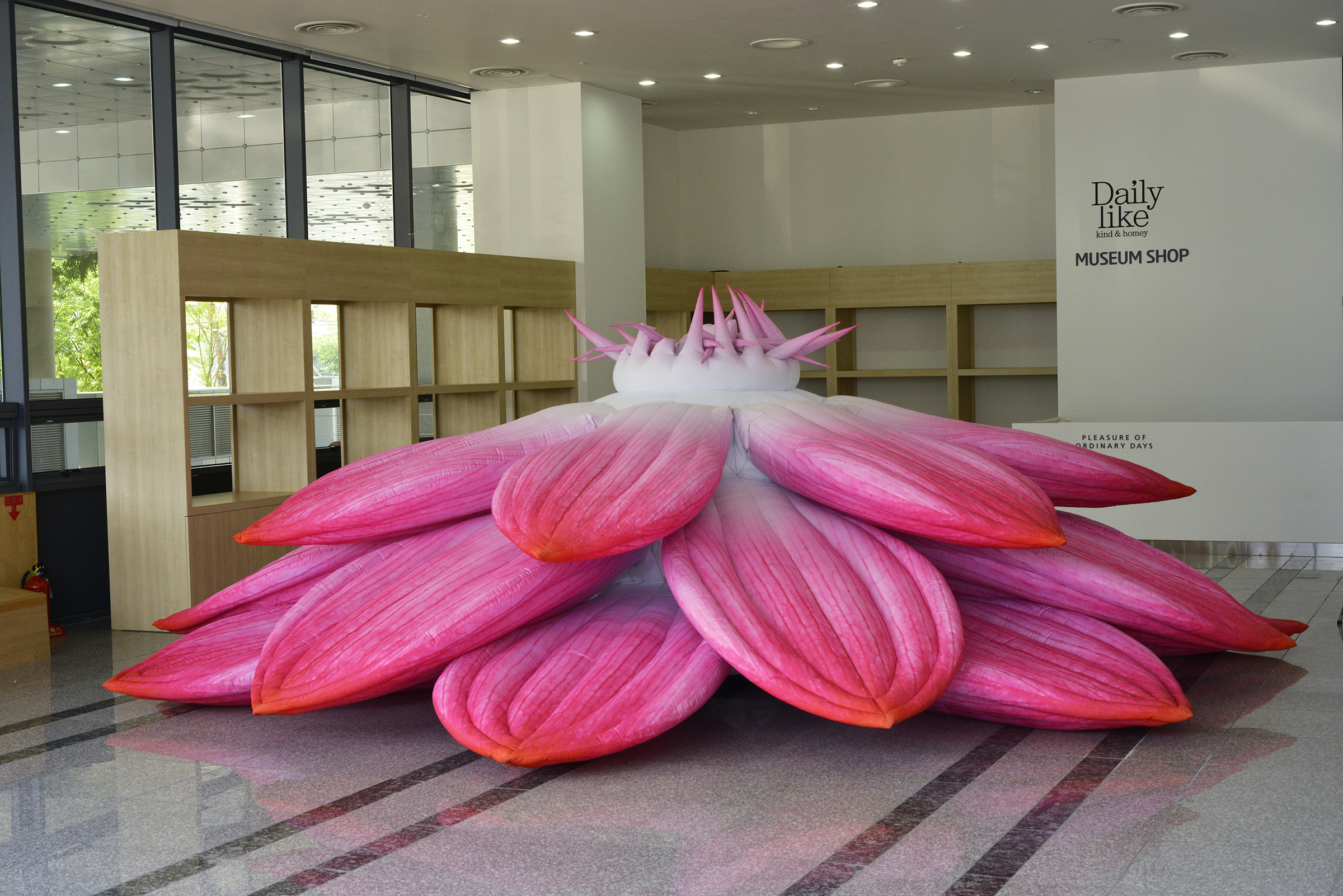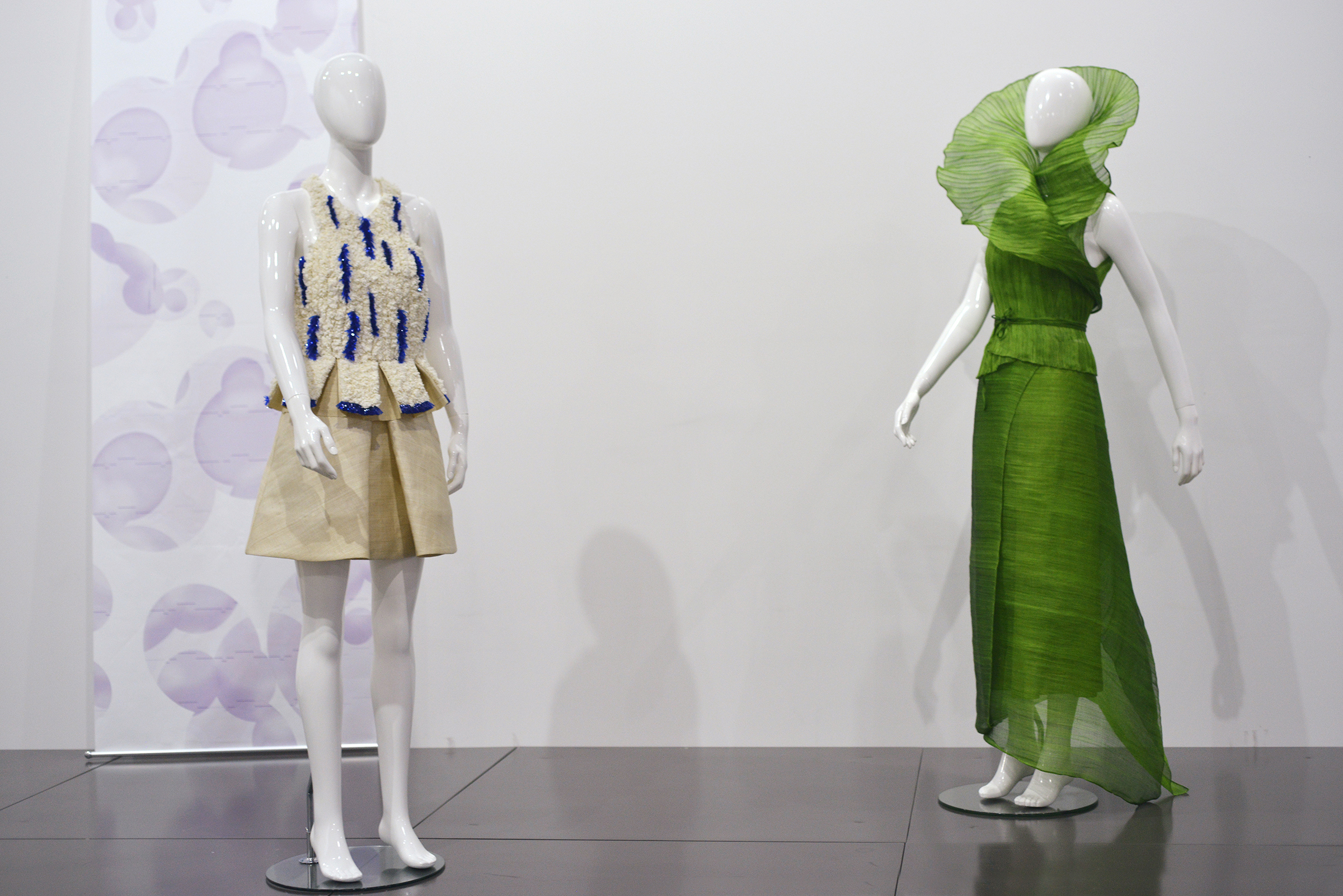Ditta Sandico: The Queen of Wraps wraps up 30 years of trailblazing fashion
Ditta Sandico
Designer Fernandina “Ditta” Sandico celebrates three decades of eco-chic, the innovative use of indigenous, natural fabrics.
Along the way, she has persuaded women to wrap themselves in abaca as a radical but easy-fitting alternative Filipiniana attire. After years of perseverance and promotion, Sandico’s wraps under her eponymous label have become mainstream.
A graduate of Wood Tobe Coburn fashion school in New York, she pioneered in transforming the lowly abel, the blanket fabric sold in the Ilocos markets, into fashionable daytime and evening wear. She collaborated with weavers from Santiago, Ilocos Sur, to produce blue and white printed abel and later developed plaids, stripes and geometric patterns.
Sandico says it has taken 30 years for the abel fabric to become a luxury item. From a P350 blanket, abel now easily fetches five figures. Aside from clothes, it is also used for home accessories and upholstery.
Collaborating with weaver Elisa Reyes in the late ’80s, Sandico diversified into dressy clothes and barong Tagalog, using piñalino, a combination of delicate piña and linen.
Turning point
A turning point came when she met a weaver from Catanduanes, Virgilio Apanti, who showed her rough samples of abaca weaving. Although the fabric was dirty, stiff and knotty, Sandico saw the potential. Working with artisans from Baras, she made the fabric silkier, more pliable and colorful.
Sandico coined the term “banaca,” a combination of banana and abaca, for branding purposes. She explains that the abaca, whose scientific name is musa textilis, is a member of the banana family, the Musaceae. The hemp plant looks like wild bananas. When the Spaniards came to the Philippines, they discovered that the natives produced soft and silky fabrics from abaca and traded it with other countries.
Sandico’s first products were voluminous wraps in dramatic colors, hand-painted or spray-painted for effect.
“They were overwhelming. A strong, confident personality can get away with those wraps,” she says.
When women requested easy-fitting wraps that didn’t need too much styling, Sandico added slits for armholes and loops for belts. Called the Mariposa, the wrap was basically a bodice that crossed around the body and was tied by a matching belt. Because of its tautness, the collar could either stand up to lengthen the neck, or flap down to cover a flat or heavy bosom. The Mariposa also came in color-blocked versions and metallic colors.
Younger designers who use abaca
fabrics have paid homage to Sandico’s Mariposa.
“At first, women were resistant, but after several decades, the Mariposa has become mainstream,” says Sandico.
The other styles care called the Hikina, which is inspired by the native pañuelo; the Lucrezia, the three-tiered collar; the Mori, a kimono-inspired silhouette; and the Mira Lukot, made of mushroom pleats which gives the wrap a linear quality.
Versatile
Versatile wraps can be worn in various ways with just a play of knotting, twisting, puffing and fluffing. It can either be geometric and edgy or be a romantic frou-frou. The woman can look like a flower in bloom in a flounced wrap, or a rock chick with angled flaps.
Constantly evolving, Sandico recently came outwith sculptural, show-stopping wraps for red-carpet events in her fashion show titled, “Dolce Ditta.” A basic jersey dress or pantsuit became dramatic with an additional wrap or a bolero top with banaca sleeves.
The structured wraps can emphasize the shoulders, the neck and the face while hiding unflattering curves.
“Wear them with a tube dress, and you’ll instantly look slimmer,” says Sandico.
The wraps come in warm tones of red, orange, gold and rust; cool greens and turquoise and the classic black and white stripes.
For an instant terno, Sandico developed a bolero with butterfly sleeves, with open weaves, inspired by native baskets. The formal wraps are embellished with hand-painted flowers and delicate beadwork. The edgier boleros feature zippers hidden under the bouffant for a boxy look.
For women on the go
Clearly, Sandico has fun with wraps. Some of the shorter wraps can work as instant scarves, structured sleeves, a neckpiece with a flower, visors, slippers and cowl necks. The excess banaca are shaped into earrings, wrist cuffs and evening purses.
Sandico adds that the wraps are designed for the woman on the go. They don’t wrinkle, and always stay in shape.
“It travels well because it’s flat. You don’t need to iron,” she says.
The wraps are worn by influential women such as Korina Sanchez, Christine Bersola, Cherie Mercado, socialites and diplomatic spouses.
While Sandico’s collection is thriving at Rustan’s Makati and Resorts World, she prefers to meet clients at her atelier in Quezon City. She started her business in the same neighborhood and, after 30 years, she’s back in her mother’s home, working in her newly renovated atelier.
Between those years, she raised a family, opened shops in different locations, and broke free from a relationship.
“Regardless of the venue, people will look for these wraps. The banacahas life because I put a lot of work into it. I bring out the soul of fabric,” she says.
Ditta Sandico’s store is located at 5 Mabolo St. corner Balete and E. Rodriguez, New Manila, Quezon City. Visit the website www.DITTAchannel.com





